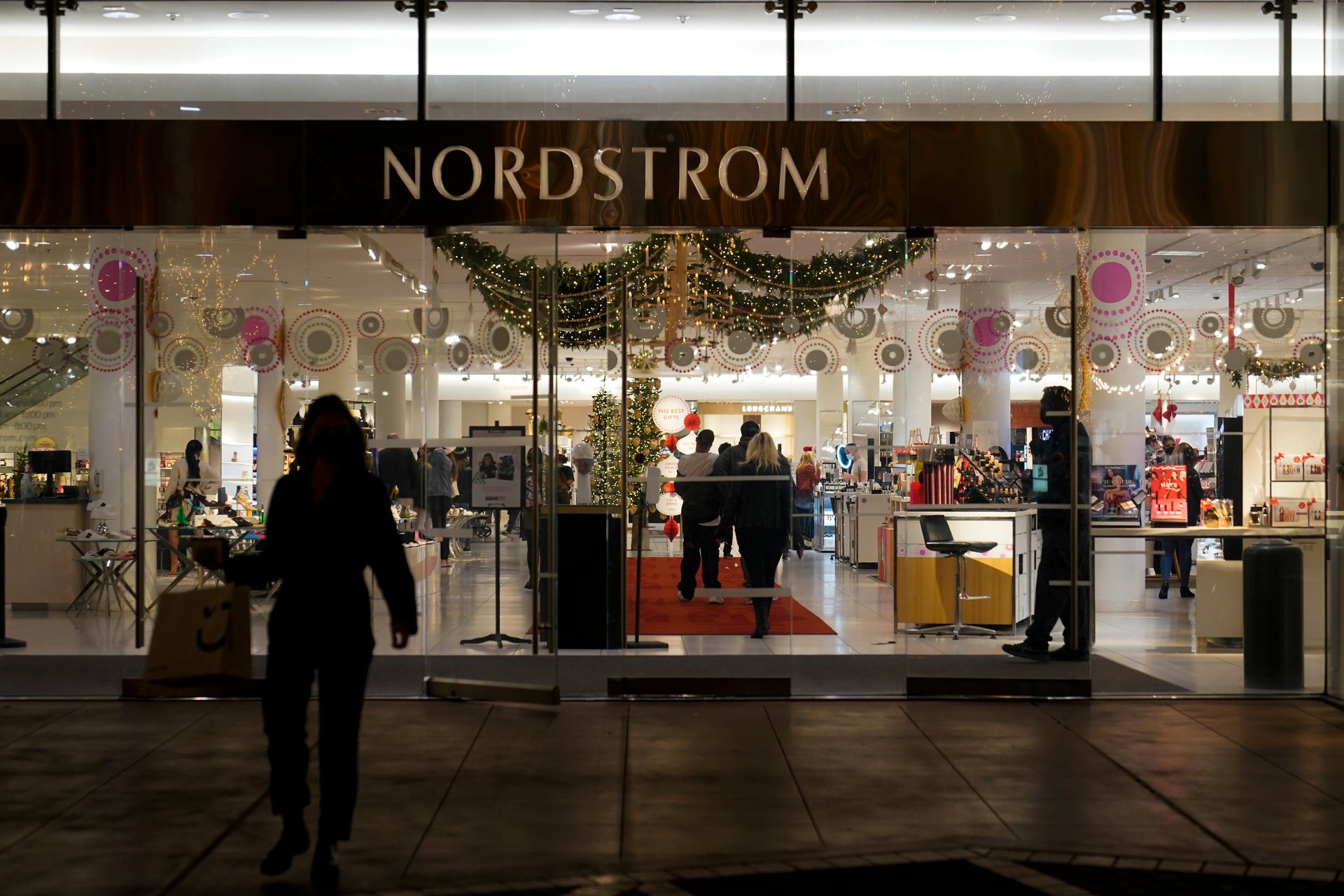Retail group pulls back on claim organized retail crime accounts for nearly half of inventory loss
The National Retail Federation has revised a report released in April that pulls back the claim that organized retail crime accounts for nearly half of overall industry shrink, which measures overall loss in inventory, including theft

NEW YORK (AP) — The National Retail Federation, the nation's largest retail trade group, has revised a report released in April that pulls back the claim that organized retail crime accounts for nearly half of overall industry shrink, which measures overall loss in inventory, including theft.
Suggested Reading
The revision of the group's organized retail crime report on Dec. 1 follows an analysis from Retail Dive that found mistakes in the data. Retail Dive is an online news site that covers retail trends.
Related Content
The trade association released the original report in partnership with K2, a financial crimes risk management firm. The report erroneously stated that of the $94.51 billion in so-called industry shrink, nearly half was to organized retail crime.
David Johnston, the national retail group’s vice president of asset protection and retail operations, told The Associated Press in an interview on Thursday that the discrepancy was based on K2 referencing U.S. Senate testimony delivered in 2021 by Ben Dugan, who at the time was the president of a nonpartisan group called the Coalition of Law Enforcement and Retail, or CLEAR. In testimony, Dugan said that organized retail crime accounted for $45 billion in annual losses for retailers and cited the coalition.
The K2 analyst then made an incorrect inference linking the 2022 NRF security survey’s results with the CLEAR figure. Johnston said he hasn't been able to confirm where CLEAR derived the $45 billion amount, but he said that a 2016 security survey by the retail trade group reported $45 billion in overall shrink loss.
The revised report also deleted any estimate of organized retail crime's overall impact in dollars and any reference to CLEAR.
“It was an inaccurate inference,” Johnston said. "We missed it."
It’s unclear how much money retailers broadly are losing due to organized retail crime — or if the problem has substantially increased. But the issue has received more notice in the past few years as high-profile smash-and-grab retail thefts and flash mob robberies have garnered national media attention. Over the past few quarters, an increasing number of retailers including Dick’s Sporting Goods and Ulta Beauty have been calling out rising theft, citing it a factor in shrinking profits.
Target announced in late September that it was closing nine stores in four states, including one in New York City’s East Harlem neighborhood, and three in the San Francisco Bay Area, saying that theft and organized retail crime have threatened the safety of its workers and customers. The stores closed in late October.
But a shoplifting report examining 24 major U.S. cities published in November by the nonpartisan Council on Criminal Justice paints a different picture. The report, which uses police data through the first half of 2023, shows shoplifting incidents were 16% higher compared with the first half of 2019. But excluding New York City, reported incidents actually fell 7% over the same time period.
Ernesto Lopez of the Council of Criminal Justice and co-author of the report, had said the study adds new context to previous efforts to measure shoplifting trends, which were based on data from single jurisdictions or retailers. Still, more data is needed.
“At this point, we just don’t have a strong grasp on the extent and changing nature of the shoplifting problem, ” he said in a statement sent to The Associated Press on Thursday in response to NRF's revision. He noted that it's unclear how many retailers are reporting theft incidents to police, and how often they are reporting them. He also said it's unclear how anti-theft measures taken by retailers may be affecting theft levels.
“Without all of that information, any portrait of shoplifting will be incomplete,” he said.
The National Retail Federation said Thursday that it stands behind the “widely understood fact that organized retail crime is a serious problem impacting retailers of all sizes and communities across our nation.”
But it said it recognizes the challenges that the retail industry and law enforcement have with gathering and analyzing “an accurate and agreed-upon set of data to measure the number of theft incidents in communities across the country.”
______
Follow Anne D’Innocenzio: http://twitter.com/ADInnocenzio